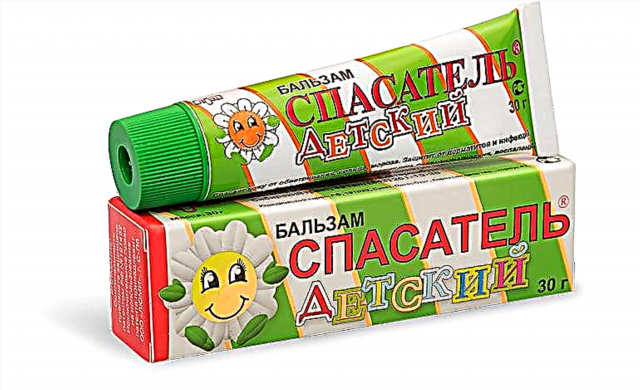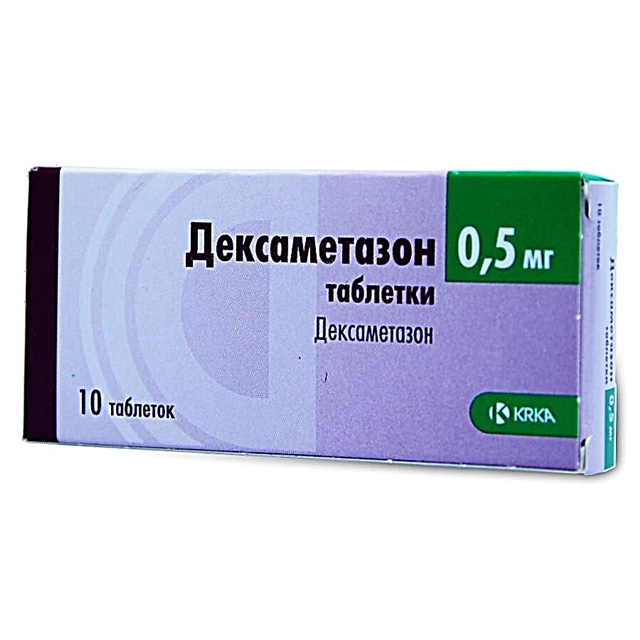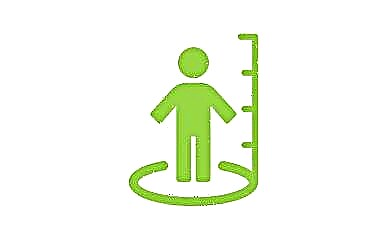Urine analysis is often prescribed for infants. This is one of the stages of a routine preventive examination and helps diagnose a number of diseases. Young parents need to understand how to properly prepare the material, how much urine is required, and whether it is worth storing it. The reliability of the result depends on the preparation and correctness of the actions of the parents.

Baby
What allows you to find out the analysis of urine
One of the main methods for diagnosing an infant's condition is a urine test. The analysis is carried out as part of a mandatory program to control the processes in the body of the crumbs, and is prescribed for various pathologies in order to assess the work of the urinary system and exclude or confirm inflammation.
General analysis
The most important goal of a general urine test is to find out if there are malfunctions of the kidneys and urinary system. It is also recommended to carry out it for infectious diseases of the child, to make sure whether the prescribed treatment is effective. The study evaluates the appearance of urine, its color, smell, how transparent it is. Chemical characteristics are also being studied. Thanks to the results of the analysis, it is possible to draw the conclusions necessary for the diagnosis:
- Understand how the kidneys and liver work;
- Assess if there are any problems with the functioning of the bladder;
- To diagnose a number of pathologies in the early stages, when the baby does not feel anxiety, and there are no external manifestations. That is why the analysis is included in the list of studies during planned visits of children to the clinic.
note! Children under one year old should visit a pediatrician every month. At the reception, the doctor assesses the development and health of the baby and gives directions for the necessary procedures.
If the results of the general analysis of urine are insufficient, or the data do not fully reveal the problem, the little patient is referred for special examinations. They will help to concretize the diagnosis, which is necessary to prescribe the correct treatment.
According to Nechiporenko
The Nechiporenko analysis is considered more accurate than the general study. It evaluates the indicators per unit volume of the collected material. Whereas the quantity in the field of view is usually determined. The study in this case is lengthy and laborious, which is explained by its high reliability.
Analysis is required in the following cases:
- For the diagnosis of processes leading to inflammation in the kidneys and urinary system. So, with its help, for example, cystitis, pyelonephritis are diagnosed;
- If necessary, determine if kidney function is impaired. This is usually required if you have, for example, diabetes mellitus. Also, the study is carried out after injuries, when there is a possibility of damage to internal organs;
- To control the state of the urinary system, if the baby had inflammation before, but at the moment an asymptomatic increase in body temperature is recorded;
- If a general blood test showed no abnormalities, but the child has signs indicating a disease of the genitourinary system.
Note! For research, parents are required to collect an average portion of urine. From the moment when the child begins to write, you need to count a few seconds, then substitute a sterile container. The last drops of urine should also not get into the container. As soon as the required amount is collected, remove the container and close tightly.

Tightly closed container
According to Zimnitsky
When analyzing according to Zimnitsky, you will need all the urine per day. It is collected in 8 containers, which are usually provided by the laboratory. The material should be in each of them. The quantity does not matter. The main thing is that the baby goes to the toilet at least once every three hours. The first, the earliest morning, urine for the study is not needed. Already the second portion should go to the container marked with the time from 6 to 9 in the morning. The last material is poured into a jar, where the interval is 3-6 hours until noon the next day.
The analysis allows you to understand how the kidneys work. Laboratory assistants compare the volumes of urine during the night and daytime, estimate the specific gravity of the collected portions, and the density of urine.
The study allows you to diagnose:
- renal failure;
- pyelonephritis at different stages.
Some indicators change when taking diuretics and dehydration. Such conditions are explained by the density of the collected material.
24-hour urine
When examining daily urine, it must be collected in one large container. You need to store it all the time in the refrigerator, placing it on the bottom shelf. The first and last portions should be placed in the container at about the same time. Usually it is required to fix the total volume, mix the contents by turning the jar about 15 times, and pour a small part into a sterile container. How much it is enough to bring urine for this analysis in a baby is better to check with a pediatrician.

Pediatrician consultation
The study evaluates various metrics, including:
- Creatinine;
- The content of trace elements, potassium, sodium, calcium;
- Protein. This is one of the most important indicators. Normally, it should not be, a small amount is not considered critical - up to 0.08 grams in 24 hours;
- Oxalates.
Thanks to the analysis, you can find out if there are problems with the functioning of the kidneys, adrenal glands. Also, the results will confirm or deny the presence of infection in the urinary system, indicate the development of diabetes mellitus, anemia, dehydration and other abnormalities. For example, an excess of oxalates indicates that stones may form in the kidneys. Timely diagnostics will help avoid this.
The amount of urine required for analysis
How much urine is needed for the analysis of a baby depends on the type of study:
- For general purposes, it is enough to fill a standard sterile container by one centimeter, this is about 10 ml. This is generally considered to be the minimum volume allowed. You can leave more, this does not affect the research. To exclude contamination of the material, it is recommended to collect the second portion, this is important if it is possible to substitute the jar after the baby has started to write. Since babies do this without warning, it is not always possible to catch such a moment. Well, if it works out, if not, then you need to deliver what you managed to collect to the laboratory;
- For daily analysis and research according to Zimnitsky, it is necessary to take all the urine in 24 hours. True, in the first case, there is no need to hand over it in full, it is enough to mix all the material well and pour a small amount into a separate container.
You can always check with the pediatrician how much urine needs to be collected for a specific analysis from the child. This will avoid mistakes and repetition of the study.
How to collect the material correctly
To get a result that reflects the real state of the baby, it is important to properly prepare the material. Before the procedure, the baby must be washed, it must be remembered that in girls this is done from front to back.
Parents prepare a sterile container in advance. The container needed to collect urine from newborn girls and boys is more conveniently purchased at a pharmacy. It is in a sealed bag and has a screw cap. You do not need to wash the jar before use, the main thing is to get it on time.
Usually babies go to the toilet when the diaper is removed. It is especially convenient to do this after sleep, the babies warm up, and if they are undressed, they freeze, which provokes the onset of urination. It's good if you manage to substitute the container at this moment. It is better to wait a little for the second or middle portion to enter the container.
Note! A neonatal urine collection bag can be used. It must be spread under the baby's bottom, then poured into a special container.
If it is not possible to buy a container, you can take, for example, a jar of baby puree or another similar one. It must be thoroughly washed and doused with boiling water, after collecting urine, tightly close.
There are special urine bags, the so-called sterile bags, which allow you to collect urine from both boys and girls. The device is attached to the child's skin, depending on the gender, it has holes of various shapes.

Urine collection
How to collect urine from a baby boy with a urine bag:
- Purchase a device at a pharmacy. Do not unseal it before use to avoid compromising sterility. For boys, a universal oval-shaped or egg-shaped nozzle is suitable, which becomes narrower towards the bottom;
- Wash hands with soap;
- Wash the crumbs, lay them on their backs and remove the upper part from the urine collector so that a sticky layer appears;
- Glue the bag to the skin as tightly as possible. This will prevent damage to the analysis if the child poops. If stool gets into urine, other material must be collected. The baby's penis must be inside the bag;
- Dress the crumb or cover it with a blanket. If he tosses and turns, chances are high that the contents of the bag will spill. Therefore, you can try to speed up the process by giving the baby water or applying it to the breast;
- Remove the bag as soon as it is full. You need to act carefully so as not to cause discomfort to the baby. All that remains is to pour the contents into a sterile container and close the lid tightly.
After the procedure, it is advisable to wash the baby again to remove the glue that often remains on the skin. Collecting urine from girls has the same sequence of actions. For babies, you need to buy an oval urine bag or an extended one. It is round at the top, and at the bottom it has ramifications on each side. You can take anyone that will be in the pharmacy, this will not affect the fence.
If the baby is almost a year old, and they began to plant him on a pot, then you can collect urine with his help. Be sure to wash it in advance, after the child goes to the toilet, pour the material into a prepared jar.

Potty kid
When it is impossible to get urine without impurities, catheters are used. But it is not recommended to carry out such a procedure at home. Complete sterility is necessary, especially of instruments, to exclude the development of infection. Also, awkward actions can lead to injuries, because the catheter must be inserted up to the bladder until the liquid flows from the other end. Medical workers know how to do the procedure quickly and painlessly for the baby. Under no circumstances should you use metal devices for babies.
Note! No need to squeeze urine from a diaper or diaper. With such a collection, the result cannot be called reliable. The container will contain not only the necessary material, but also tissue particles, dust, bacteria. When using a diaper, any liquid turns into a gel. Such material is not suitable for research. They won't even consider it.
Storage and transportation
A general urine test and a study according to Nechiporenko are handed over within two hours after collection. Long-term storage is contraindicated, bacteria appear in the material, acidity changes, erythrocytes are destroyed. Before delivery, you do not need to leave the container in the light and you must not freeze it, including during transportation. Always keep the lid tightly closed. The ideal temperature for storing the material is about 4 degrees above zero.
As for the daily collection of urine, before handing in the material, it must be kept in the refrigerator. This will help preserve the properties of the urine, and the test result will be reliable. Do not place in the freezer.
Usually, a urine test requires no more than 10 milliliters of fluid. This makes it easier for young parents, because collecting material is not so easy. In addition, there are special devices that can help prepare for the study.



